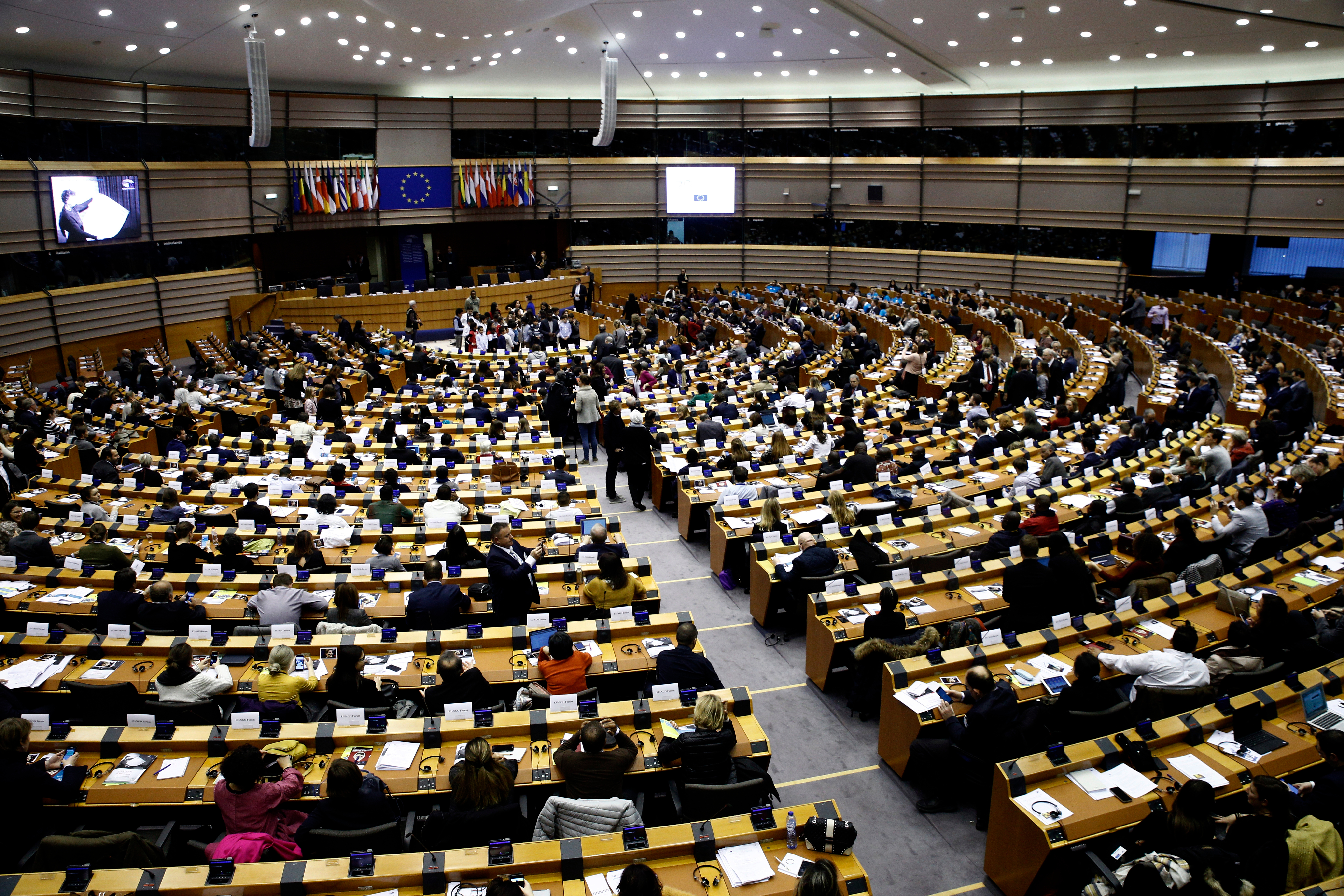Capital Markets Union – a new framework for diversification
by Conor Brennan on 26 Jun 2015
In February of this year, the European Commission unveiled its Green Paper for ‘Building a Capital Markets Union’. Over the coming five years it will be the flagship project for the Directorate General responsible for Financial Stability, Financial Services and Capital Markets Union (DG FISMA). The Green Paper clearly states that the European Commission’s objective is to stimulate economic growth, largely through simpler access to capital markets, which will diversify the sources of SME financing and in turn support their growth. So what does the Capital Markets Union (CMU) mean for new innovative and a high growth companies? How does the CMU plan address their many concerns whilst also building on their many achievements?
Beginnings of a new single market
Already the European Commission has received approval from the European Council (ECOFIN) and also the European Parliament of Economic and Monetary Affairs (ECON), which have both endorsed the Commission for the steps it has taken towards a CMU. ECON went so far as to publish a Motion for a Resolution which supports the project.
Following the launch of the Green Paper, the European Commission ran a consultation asking all interested parties to submit their thoughts and opinions on the direction the CMU should take. Lord Hill, DG FISMA Commissioner, commented that the department had received hundreds of responses and he was grateful that the basic aims of the project had received “such broad endorsement”.
Increasing credit for SMEs and high growth companies
Over 80 per cent of financing for SMEs in Europe comes from traditional and established banks. Since SMEs account for 99.8 per cent of businesses and 67 per cent of private sector employment in the EU, the ongoing scarcity of bank finance is a concern.
Over the last decade a new alternative finance sector has emerged, largely via online platforms. So how does the European Commission aim to take advantage of this emerging market to help diversify finance opportunities for high growth companies? There are three key pillars the European Commission would like to tackle to increase the flow of liquidity across borders and diversify funding. Initially they aim to: standardise credit information; standardise financial reporting; and create a database where investors can access crucial data information.
The European Central Bank is already working on a Central Credit Register for the Eurozone to be implemented by 2017. The UK Government and Bank of England have both shown an interest in introducing a similar structure which may work in partnership with the Register. Investors have welcomed a go-to database of credit information and new innovative alternative finance companies stand to gain more exposure and opportunities from such a database of information.
A bright future for crowdfunding
One the areas that was highlighted by the Commission as an opportunity for making early progress is the revision of the Prospectus Directive. At the same time that the CMU Green Paper was published, the European Commission launched a consultation on the Directive. The Directive outlines when a prospectus is required for fundraising, and what should be included in the document to better aide investors. The revisions aim to remove some of the burdensome regulations that hold back many SMEs.
The Prospectus Directive currently applies to investments in projects funded through crowdfunding platforms. Currently, offers made on a crowdfunding platform with a total ‘annual’ consideration below €5m are outside the scope of the Directive and consequently fall under respective member state legislation. However, equity and debt based crowdfunders across the EU are aware of this €5 million threshold and the regulatory burdens that can apply above this level. . Reforms could bring larger crowdfunding projects under the directives’ umbrella, whilst also streamlining the complexity, cost and length of prospectuses. Importantly, this would invite alternative finance companies to seek larger amounts of finance from the crowd without the concern for costly regulations.
Help the source - investors
Crucially, the idea for a harmonised capital market across the EU will need the support of investment managers and venture capitalists. Soon after the Green Paper was published there were calls from the investment community to prioritise improving the environment for investors. This may involve increased tax incentives; raising insolvency standards; and expanding the role of the European Investment Fund. Investors are quick to compare European regulations to those across the Atlantic and to conclude that the discrepancies are to blame for large-scale investment continuing tp be the preserve of the United States.
For all the opportunities offered by the CMU at this early stage, there are huge obstacle to harmonisation to overcome. Harmonising insolvency standards becomes quickly politicised when redundancy and state aid rules become involved. If the EU wants to reform investor’s rights and shareholders voting rights, both traditional and large business models would need adapt and re-evaluate their own rules on transparency. It is likely that some regions where there is a concentration of, for example traditional family-run businesses, may push back against any reforms.
Next Steps
The European Commission is reflecting on the responses they have received from their Green Paper and hope to come back in September with an Action Plan setting out a timetable for the way forward.
This is just the beginning of the European Commission’s five year long project. Further down the line there will be a reviews of the European Venture Capital Directive, taxation policy, company law, corporate governance and market infrastructure.
For a successful Capital Markets Union to flourish in Europe many regulatory and political obstacles must be overcome. The CMU must dramatically diversify the nature of how innovative and disruptive companies fund their growth, and also give alternative finance a platform to offer real choice in the market. There is a long road ahead.
Topics: European Politics, Financial Services Regulation, UK business

Written by Conor Brennan
Conor is an experienced consultant who advises clients in the data economy, insur-tech, and energy sectors.







Comments